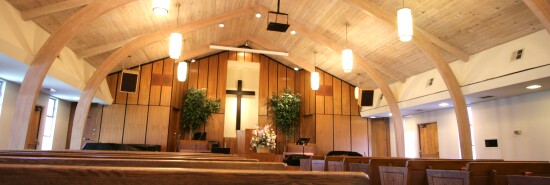
Less holy in the Heartland
Timothy P. Carney
You probably know that America is secularizing and that the fastest-growing religious affiliation is “none.”
If you’re a college-educated coast dweller, you probably think this is a matter of the enlightened classes abandoning increasingly politicized (or increasingly irrelevant) churches and dedicating themselves to education, careers, and travel sports.
If you’re a church-going conservative, you probably think the Rise of the Nones is a matter of debauched leftists adopting new atheisms such as transgender ideology and racial “wokeism.”
This map, from religion scholar Ryan Burge, might shake up those assumptions:
Roughly, it looks like the portion of “Nones” is mostly rising in Iowa and some other Midwest states. The coasts are mixed. The Bible Belt and Florida are bucking the national trend, as the “Nones” are becoming a smaller portion of the population.
There are some caveats here:
First, this is a map of religious “adherents,” which has to do with self-identification, not attendance. I mention that because, for sociological purposes, religious attendance is much more relevant than self-identification. Second, a plus or minus of 1% or 2% of Nones is statistical noise, but it shows up in this map the same as a plus or minus of 5%.
But what’s going on here?
Demographer Lyman Stone has a read.
In the big picture, this is true. The Trump phenomenon, QAnon, and even gun culture are all potential replacements for religion. The Jan. 6 riots can be explained in part by the decline of traditional religion.
But are Iowa, Wisconsin, and Illinois — the places with the largest rises in “Nones” over the past decade — really the hubs of this alienation and radicalization? Wouldn’t upstate New York, Nevada, and Appalachia be the epicenters of this sort of rural secularism? Iowa and Minnesota are highly educated states that have been less hit by the social plagues of Middle America, including deaths of despair and depopulation.
The most important way in which Stone is correct here is that secularism isn’t the abandonment of religious belief but the shift of religious belief toward new religions. It was Derek Thompson at the Atlantic who aptly pegged “workism” as an “atheism.” And yes, the new racial politics and transgender ideology are both new religions as well.
This map gets us only so far, but it tells us that our secularization is a lot more complicated than the average conservative or liberal assumes.
